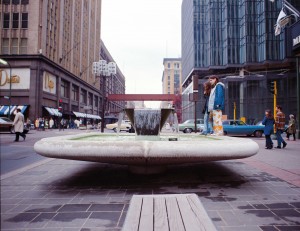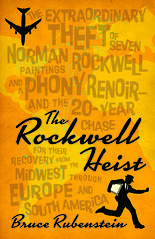

Astonishing Apples by Joan Donatelle is the newest cookbook in our Northern Plate series, which celebrates the bounty of the Upper Midwest by focusing on a single ingredient, exploring its historical uses as well as culinary applications across a range of dishes.
At Lunds & Byerlys cooking school, Joan Donatelle brings a focus on healthful and tasty dishes to her kitchen classrooms. There’s no better guide to this season’s apple abundance than Joan, whose fondness for the fruit goes beyond the standard slices-and-Brie or apple crisp. Below is her recipe for Roasted Pumpkin Apple Soup.
Joan will sign copies and share samples from her new cookbook at the following events. Click on the title’s hyperlink, above, for more information:
Thursday, October 1, 2015, from 5 to 6:30 pm
Outdoor Diva Night
Midwest Mountaineering
Saturday, October 3, 2015, from 1 to 3 pm
Café Minnesota, Minnesota History Center’s Heffelfinger Room
Sunday, October 4, 2015, from 9 am to 1 pm
Linden Hills Farmers Market
Saturday, October 10, 2015, at 12:30 and 2 pm
Baking Lab Demo with Joan Donatelle and Sue Doeden, author of Homemade with Honey
Mill City Museum Baking Lab
Free with museum admission
Roasted Pumpkin Apple Soup
It’s hard not to just use the versatile and delicious Honeycrisp all the time. I sometimes feel like I’m slighting the other available apples. Go ahead and substitute any firm, sweet-tart apple you like in this lovely starter.
Serves 10
1 (2-pound) baking pumpkin, quartered and seeded
4 tablespoons extra-virgin olive oil, divided
sea salt and freshly ground black pepper
1 ½ pounds apples (see head note), cored and chopped, plus 1 for garnish
2 carrots, peeled and chopped
3 small shallots, chopped
1 rib celery, chopped
2 cloves garlic, minced
1 tablespoon minced fresh sage
½ teaspoon grated nutmeg
4 cups chicken stock
2 cups apple cider
¼ cup honey
1 tablespoon pepitas (pumpkin seeds), or substitute sunflower seeds
2 tablespoons pumpkin seed oil, or substitute walnut or olive oil
Preheat oven to 425 degrees. Drizzle the pumpkin quarters with 1 tablespoon olive oil and season with salt and pepper. Lay cut-side down on a rimmed baking sheet. Roast for about 45 minutes. As the pumpkin is roasting, core and slice the garnish apple into 20 thin slices. Toss with 1 tablespoon olive oil and lay on a baking sheet lined with parchment paper. Roast for about 15 minutes, until golden. Allow to cool. When the pumpkin is tender, set aside to cool. Scoop out the flesh.
Meanwhile, in a large stockpot set over medium-high heat, warm remaining 2 tablespoons olive oil. Add the carrots, shallots, celery, chopped apples, and a pinch of salt and pepper. Cover and cook for about 10 minutes, stirring occasionally. When the vegetables and apples are beginning to soften, add the garlic, sage, and nutmeg. Stir for about 1 minute, until garlic is fragrant. Stir in the pumpkin, stock, and cider, cover the pot, and bring to a boil. Reduce heat to medium low and simmer for about 15 minutes. Stir in the honey.
Using an immersion blender, puree the soup until smooth. (Alternatively, work in batches to carefully puree the soup in a blender.) Taste and adjust seasonings if necessary. Serve in warmed soup bowls. Garnish each serving with 2 slices of roasted apple, a pinch of pepitas, and a drizzle of pumpkin seed oil.































